Expansion of Manufacturing Sector
The expansion of the manufacturing sector plays a pivotal role in driving the Compressed Air Treatment Equipment Market. As countries invest in infrastructure and manufacturing capabilities, the need for efficient compressed air systems becomes increasingly critical. The manufacturing sector, particularly in automotive, food and beverage, and pharmaceuticals, relies heavily on compressed air for various applications. Recent statistics indicate that the manufacturing output is expected to increase by 4% annually, which could lead to a corresponding rise in demand for compressed air treatment equipment. This trend underscores the importance of maintaining air filters and system efficiency to meet production demands.
Growing Awareness of Energy Costs
The growing awareness of energy costs among industries is driving the Compressed Air Treatment Equipment Market. As energy prices continue to rise, companies are increasingly seeking ways to optimize their energy consumption. Compressed air systems are often one of the largest energy consumers in industrial settings, accounting for up to 30% of total energy costs. This realization has led to a surge in demand for energy-efficient compressed air treatment solutions, including Industrial air compressors, that can help reduce operational expenses. Market analysis indicates that the energy-efficient segment of the compressed air treatment equipment market is expected to expand by 7% annually, as industries prioritize cost-effective and sustainable practices.
Rising Demand for Industrial Automation
The increasing trend towards industrial automation is a key driver for the Compressed Air Treatment Equipment Market. As industries seek to enhance productivity and reduce operational costs, the reliance on automated systems has surged. This shift necessitates the use of high-quality compressed air treatment equipment to ensure the efficiency and reliability of pneumatic systems. According to recent data, the automation sector is projected to grow at a compound annual growth rate of approximately 9% over the next few years. This growth is likely to stimulate demand for advanced compressed air treatment solutions, as manufacturers aim to maintain optimal performance and minimize downtime in automated processes.
Increased Focus on Environmental Regulations
The heightened focus on environmental regulations is a crucial driver for the Compressed Air Treatment Equipment Market. Governments and regulatory bodies are implementing stricter standards for air quality and emissions, compelling industries to adopt cleaner technologies. Compliance with these regulations often necessitates the installation of advanced compressed air treatment systems to ensure that air quality meets required standards. Recent reports suggest that industries failing to comply with these regulations face significant penalties, which further incentivizes the adoption of effective air treatment solutions. As a result, the demand for compliant compressed air treatment equipment is expected to grow, reflecting the industry's commitment to environmental sustainability.
Technological Advancements in Air Treatment Solutions
Technological advancements in air treatment solutions are significantly influencing the Compressed Air Treatment Equipment Market. Innovations such as advanced filtration systems, energy-efficient dryers, and smart monitoring technologies are enhancing the performance and reliability of compressed air systems. These advancements not only improve air quality but also contribute to energy savings, which is a growing concern among manufacturers. The market for energy-efficient air treatment solutions is projected to grow by 6% annually, reflecting the increasing emphasis on sustainability and operational efficiency. As companies adopt these technologies, the demand for sophisticated compressed air treatment equipment is likely to rise.
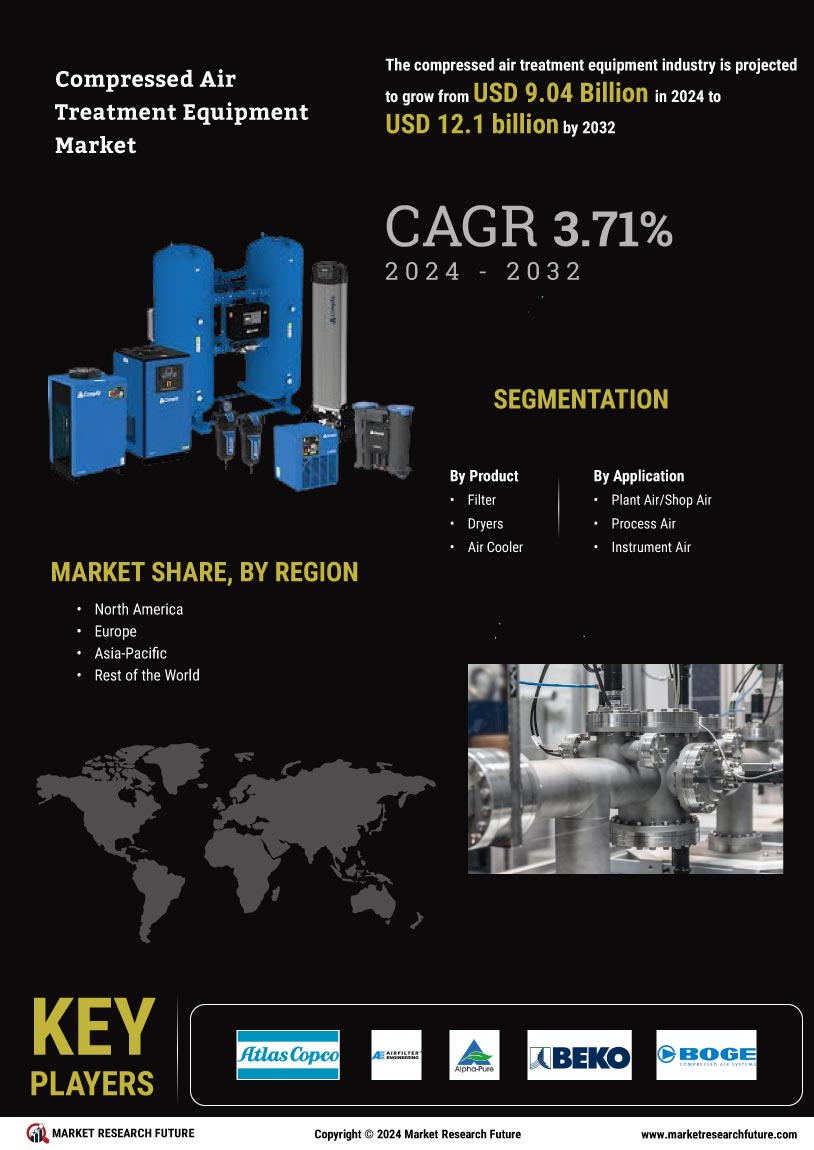

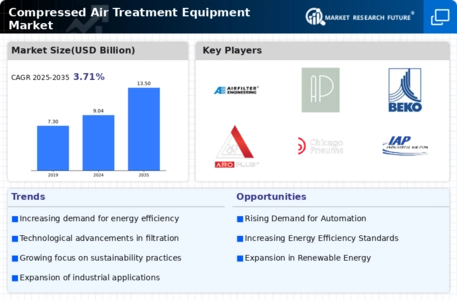
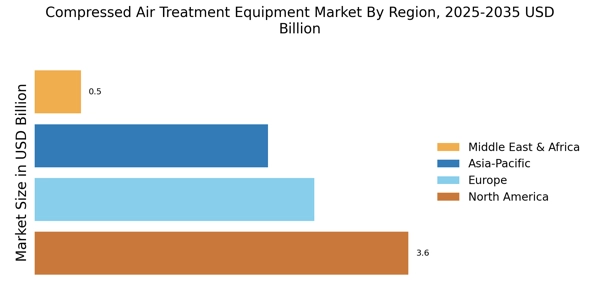
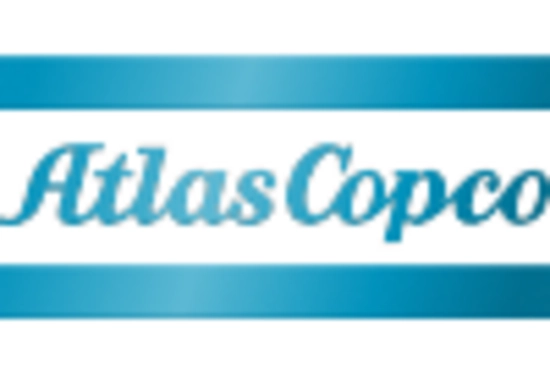
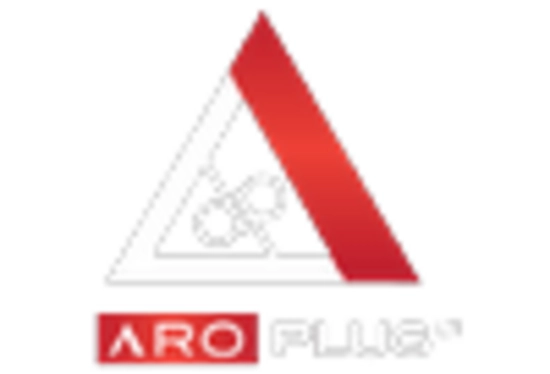

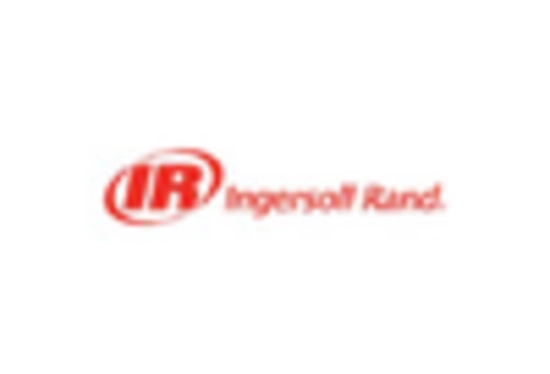

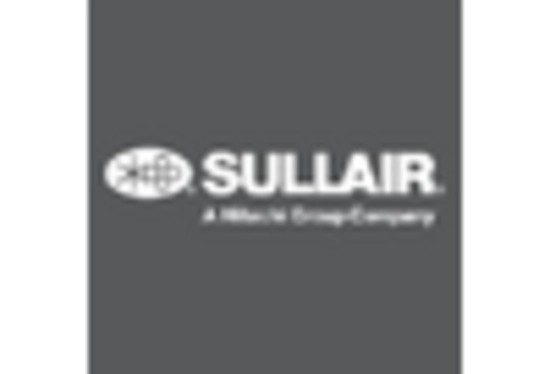








Leave a Comment